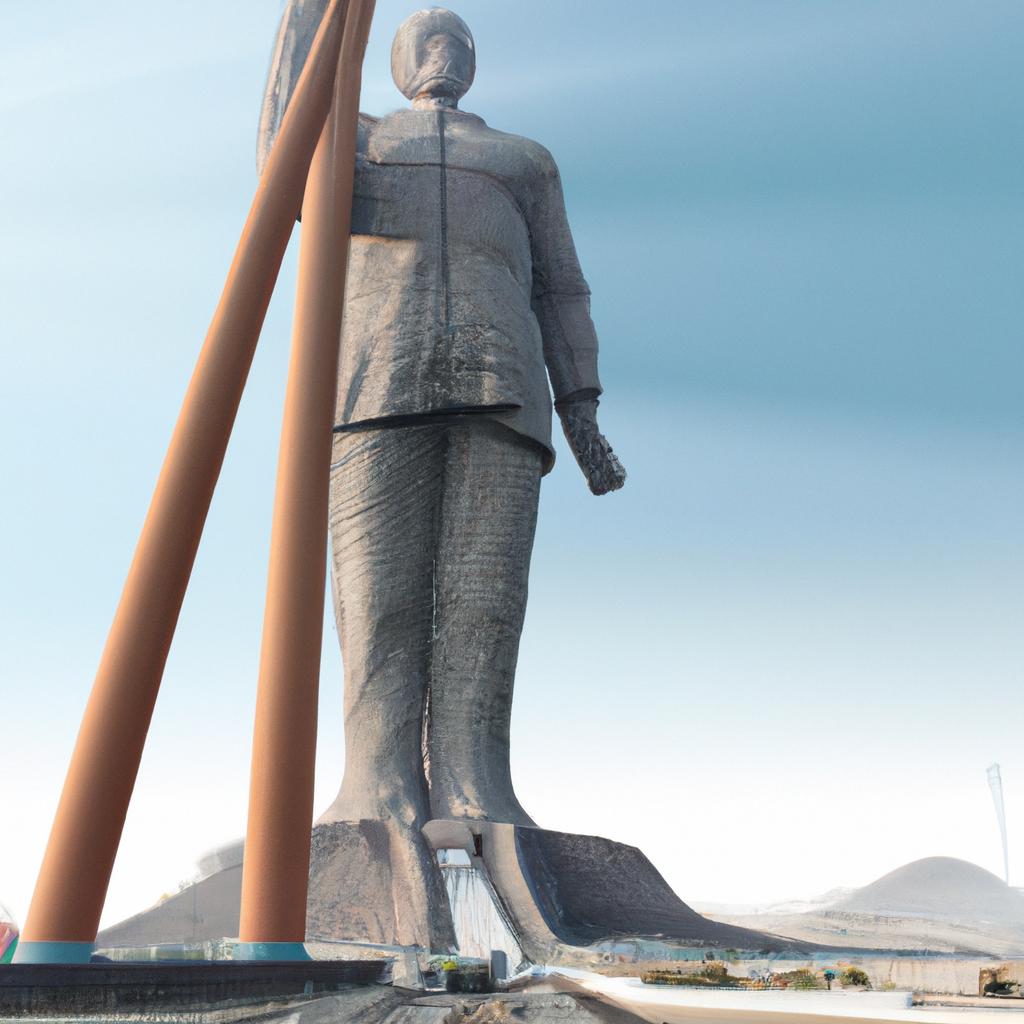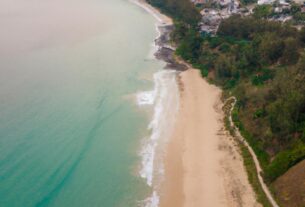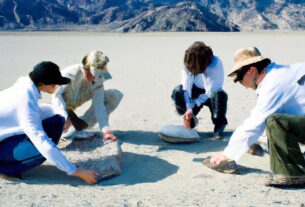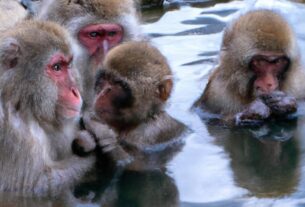Do you know the story behind the tallest statue in the world? The Statue of Unity is not only an architectural marvel but also a symbol of unity and determination for the Indian people. Standing tall at an astonishing height of 597 feet in the vibrant state of Gujarat, this monumental structure pays tribute to Sardar Vallabhbhai Patel, a revered statesman who played a pivotal role in India’s struggle for independence.
The Idea and Conceptualization of the Statue of Unity
Origins of the Idea
The idea to construct a statue in honor of Sardar Vallabhbhai Patel was first put forward by the former Gujarat Chief Minister, Narendra Modi, in 2010. Patel, often referred to as the “Iron Man of India,” served as India’s first deputy prime minister and contributed significantly to the country’s unity during the independence movement.
Conceptualization and Planning of the Statue
After the idea took root, a committee composed of architects, engineers, historians, and cultural experts was tasked with the conceptualization and planning of this iconic statue. The committee aimed to create a representation that would celebrate Patel’s enduring legacy and the values he embodied.
The chosen location for the statue was the picturesque Sadhu Bet Island on the Narmada River. This strategic placement not only offered breathtaking views but also provided proximity to the magnificent Sardar Sarovar Dam, one of the world’s largest dams.
Renowned Indian sculptor Ram Sutar designed the statue, portraying Patel in traditional attire with a staff in hand, symbolizing his leadership and vision for a united India. Construction began in 2014 and concluded in 2018 after four years of dedicated effort.
The Construction of the Statue of Unity
Construction Timeline and Milestones
Larsen & Toubro, a leading Indian engineering and construction company, undertook the colossal task of building the Statue of Unity. The construction process commenced in 2013 and reached completion in October 2018, marking a significant milestone in India’s architectural history.
The construction journey featured various stages, including foundation laying, core erection, bronze cladding installation, and the placement of the statue’s head and shoulders. Despite facing numerous challenges, the dedicated team pushed forward to realize this extraordinary vision.
Challenges Faced During Construction
The team encountered several obstacles throughout the construction process. The statue’s island location on the Narmada River presented logistical challenges and heightened the importance of robust transportation solutions. Additionally, the statue had to withstand potential flooding, necessitating a sturdy foundation to ensure stability.
The adverse weather conditions in the region, characterized by extreme temperatures and strong winds, posed another significant challenge. However, the construction team adapted and employed innovative techniques to ensure the structural integrity of the statue.
Technical Aspects of the Statue’s Design and Construction
The Statue of Unity stands as an engineering marvel, incorporating various technical aspects into its design and construction. The core structure is composed of reinforced concrete, while the exterior features bronze cladding. The statue’s proportions were meticulously crafted using cutting-edge 3D scanning and modeling techniques.
To facilitate construction, the team developed a unique scaffolding system, enabling easy access to different parts of the statue. Moreover, the statue boasts a viewing gallery at chest level that offers visitors breathtaking panoramas of the surrounding area.
In summary, the construction of the Statue of Unity represents an extraordinary feat of engineering and construction. Overcoming numerous challenges, the dedicated team’s expertise and determination resulted in the creation of this awe-inspiring monument.
The Masterminds Behind the Statue of Unity
Introduction to the Architects and Engineers Involved
Countless architects and engineers lent their expertise to bring the Statue of Unity to life. The primary architect, Ram Sutar, is renowned for his exceptional work in sculpting statues of cultural significance. His portfolio includes the Mahatma Gandhi statue at the Indian Parliament, the Chhatrapati Shivaji Maharaj statue in Mumbai, and the Dr. B.R. Ambedkar statue in Lucknow.
Larsen & Toubro, a prestigious engineering firm, handled the statue’s engineering design. Known for their technical prowess in construction and infrastructure, they have worked on various renowned projects in India, such as the Delhi Metro Rail, the Mumbai Metro Rail, and the Hyderabad Metro Rail.
Their Previous Works and Qualifications
Ram Sutar’s exemplary work has garnered him numerous accolades, including the Padma Bhushan, one of India’s highest civilian awards, in recognition of his contributions to the field of art. His sculptures are celebrated for their intricate detailing and lifelike representations.
Larsen & Toubro’s reputation as a leading engineering firm is well-deserved, having received prestigious awards for their exceptional work. Forbes has recognized them as one of the top engineering companies globally. Their team comprises highly qualified engineers responsible for various projects worldwide.
Role in the Construction of the Statue
Ram Sutar’s mastery played a pivotal role in designing the statue’s intricate features, including facial expressions and elaborate clothing. Meanwhile, Larsen & Toubro’s engineering team focused on ensuring the statue’s structural integrity and stability. Employing advanced engineering techniques, they guaranteed the statue’s durability against high winds and earthquakes.
Together, these architects and engineers have created a masterpiece that not only honors India’s cultural heritage but also showcases the country’s technical and engineering excellence.
Funding and Financing of the Statue of Unity
The construction of the Statue of Unity required substantial financial resources, but it has since become a vital economic asset for the region.
Sources of Funding for the Statue
The Indian government primarily funded the Statue of Unity, with both the central and state governments contributing to finance the project. The central government covered approximately 90% of the statue’s total cost, with private individuals and corporations supplementing the remainder through generous donations.
Breakdown of the Costs Involved
The construction of the Statue of Unity, a billion-dollar endeavor, carried a staggering estimated cost of over $400 million. Approximately $300 million was allocated solely to the statue itself, while the remaining funds were utilized for infrastructure development, including roads, bridges, and other essential facilities.
Economic Impact of the Statue on the Region
Since its grand opening, the Statue of Unity has had a significant economic impact on the region. Drawing millions of visitors, it has boosted revenue for local businesses and generated employment opportunities. The local government, recognizing its tourism potential, has invested in accommodations, restaurants, and transportation infrastructure. Foreign investments have also increased, propelling economic growth and enhancing the region’s global visibility.
In conclusion, funding and financing played an integral role in constructing the Statue of Unity, an iconic structure embodying the spirit of unity among the Indian people. This architectural wonder stands as a testament to Sardar Vallabhbhai Patel’s enduring legacy, India’s rich cultural heritage, and the country’s technical expertise.
Thank you for joining me on this exploration of the remarkable story behind the tallest statue in the world, the Statue of Unity.
-TooLacks



